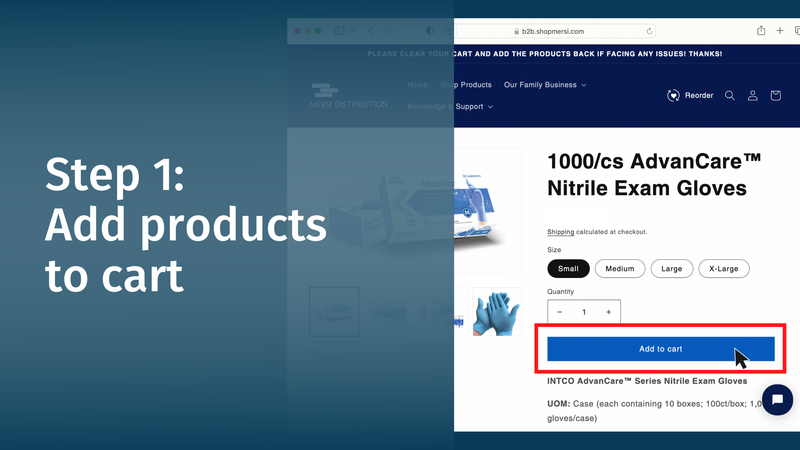
Introduction
In the realm of long-term care, one of the pivotal decisions that leaders face is whether to opt for centralized or decentralized purchasing processes. This choice can significantly impact the efficiency, cost-effectiveness, and quality of care provided to residents. This article delves into the advantages of centralized purchasing, backed by data and real-world examples, to present a compelling case in favor of this approach.
Understanding Centralized and Decentralized Purchasing
Centralized purchasing involves consolidating procurement activities into a single, dedicated department responsible for acquiring goods and services for all facilities within an organization. Decentralized purchasing, on the other hand, allows individual facilities or departments to independently manage their procurement needs.
The Case for Centralized Purchasing
-
Cost Efficiency: Data consistently shows that centralized purchasing leads to better cost control. Bulk buying and negotiating contracts for a larger volume of goods and services allow organizations to secure lower prices and better terms. The American Medical Supply Chain Association reported that centralized procurement can save 10–35% of procurement expenditure for healthcare institutions every year.
-
Standardization and Quality Control: Centralized purchasing facilitates the implementation of standardized products and procedures across all facilities. This helps maintain a consistent level of quality and reduces the risk of variability in care due to differing product choices or practices.
-
Economies of Scale: With centralized purchasing, long-term care facilities can capitalize on economies of scale, enabling them to obtain higher-quality products at lower costs. These savings can then be reallocated towards improving resident care, facility upgrades, or staff training.
-
Streamlined Supplier Management: Centralized purchasing allows for better management of supplier relationships. Negotiating and maintaining contracts with a smaller number of suppliers becomes more efficient, reducing administrative burdens and ensuring better accountability.
-
Improved Data Analysis: Centralized systems provide a wealth of data that can be analyzed to identify trends, optimize procurement processes, and make informed decisions. This data-driven approach enhances strategic planning and resource allocation.
Real-World Examples
-
Veterans Health Administration (VHA): The VHA, a centralized healthcare system, reaped the benefits of centralized purchasing. By leveraging their vast network, the VHA achieved substantial cost savings while maintaining high-quality care across their facilities.
-
HCA Healthcare: HCA Healthcare, a leading provider of healthcare services, embraced centralized purchasing to standardize medical supplies and reduce costs across its facilities. This move not only increased cost efficiency but also improved patient care outcomes.
Conclusion
In the debate between centralized and decentralized purchasing in long-term care, the data speaks loudly in favor of centralization. The efficiency, cost savings, standardization, and improved data analysis offered by centralized purchasing provide organizations with the means to elevate the quality of care provided to residents while maintaining financial stability. As the healthcare landscape continues to evolve, a data-driven approach that maximizes benefits through centralized purchasing is essential for long-term care facilities striving for excellence.




